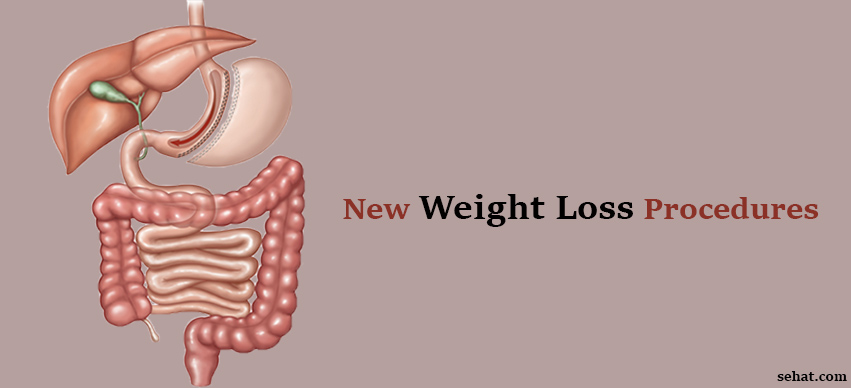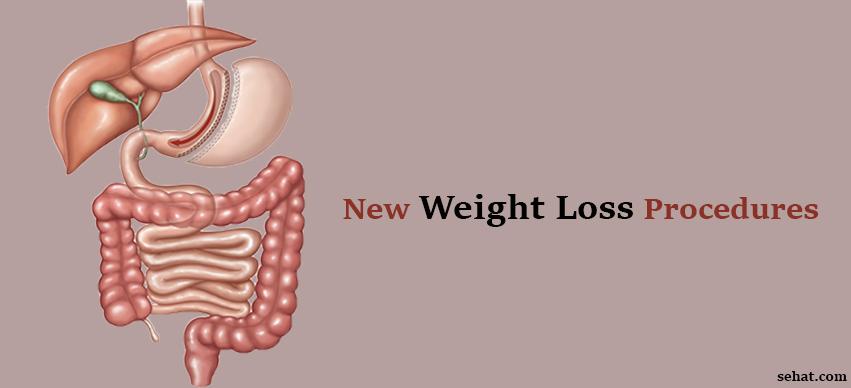Nanoparticle Therapy – An Emerging Cancer Treatment
5 Min Read


Bariatric/ Metabolic surgeries help obese individuals to lose weight permanently. These are very safe and highly effective. They also resolve co-morbid medical conditions such as type II diabetes, high BP and sleep apnea. These are performed on stomach and small intestine by laparoscopic method.
Weight loss after bariatric surgery is not due to food restriction or mal-absorption. Total body fat stores are under control of several hormones and genes. They decide how much amount of fat to be stored in the body. This set value is called set point for fat storage. People suffering from excess weight have high set point for fat storage. This means their body hormones want them to store more fat. If such individuals try to reduce weight by non bariatric methods (such as diet control, exercise, naturopathy, liposuction, cool sculpting but including gastric banding, gastric balloon) they have to fight against these hormones to lose weight. If you fight, these hormones don't keep quiet. They will fight back. Whenever you try to lose weight by these methods, these hormones induce counter changes in the body and make sure to replace all the lost weight over a period of 6 months to 5 years. These hormones include Ghrelin, GLP 1, Peptide YY, Amylin etc.
Sleeve gastrectomy and diversion procedures lower the body fat set point by altering hormones and genes that control body fat and energy expenditure. This means after these surgeries, body itself wants to get rid of fat. Appetite comes down. Interest towards healthy food increases. As a result, gradual weight loss is achieved towards ideal body weight. Initially there is food restriction which disappears over a period of time. Still weight loss will be permanent.
Same hormonal changes are responsible for the resolution of diabetes. Compared to Sleeve alone, hormonal changes are more in diversion procedures. So if anyone is suffering from diabetes it is better to go for diversion procedures like SG DII, SG LDJB, SADI S, SG LB, SG TB or SG JII.
Unlike other bariatric surgeries, effect of gastric banding, greater curve plication surgeries and gastric balloon on fat set point is weak. These are mainly restrictive. After these three procedures, appetite increases. Body tries to get back its weight. In gastric banding, as a result, either there is weight regain or patient will come back for band removal. Gastric balloon is a bridging procedure before bariatric surgery for temporary weight loss in those individuals who are unfit for bariatric surgery. Newer balloons are kept for 1 year. After this period balloon has to be removed. Once balloon is removed, if bariatric surgery is not performed, all the lost weight will be regained.
In India, Bariatric surgery is considered when BMI is ≥ 30 kg/m 2 with at least one medical co- morbid condition like type 2 diabetes or when BMI is ≥ 35 kg/m 2 even without co-morbid conditions. It can be used as an alternative method of weight loss if BMI is between ≥ 27.5 kg/m 2 and < 30 kg/m 2 when lifestyle changes have failed.
In this, stomach size is reduced to a narrow tube by dividing it using staplers and removing most of the stomach by laparoscopic method. It is most popular, simple and very safe.
A pouch of 30 ml is created in the upper part of the stomach using linear staplers. Middle of jejunum is divided and lower divided end is attached to this pouch. Upper divided end is attached to the distal bowel. This is the gold standard bariatric surgery. If middle of jejunum is attached to the gastric pouch in a loop fashion, it is called MINI- GASTRIC BYPASS (MGB). It is simple and more effective than roux-en- y gastric bypass.
In this, gastric sleeve is fashioned and 1st part of duodenum is divided. End part of small bowel (Terminalileum) is divided and lower divided end is directly attached to the divided 1st part of duodenum. Upper divided end of terminal ileum to the distal bowel. Hormonal changes are maximum in this surgery, so weight loss and diabetes resolution are significant. But it can lead to severe mal- absorption since most of the intestine is bypassed. So this is done mainly as a revision surgery when other surgeries fail.
It is a mechanically restrictive operation. An inflatable plastic band is placed around the top of the stomach, creating a small gastric pouch of 20 ml above the band. It is less effective than above procedures as hormonal changes are minimal and chances of weight regain are very high. Majority of the individuals want the band to be removed subsequently because of band related problems. Gastric banding as a solo bariatric operation is getting out dated. Newer bands came into market where in, band is placed around sleeve (Banded sleeve) or gastric bypass (Banded RYGB, Banded MGB) to increase weight loss.
Standard surgeries have certain limitations. Risk of weight regain is high after sleeve gastrectomy. Gastric bypass and mini-gastric bypass are highly effective but there are problems like at risk gastric remnant, calcium & iron deficiencies and dumping syndrome. BPD DS is most effective but complications are also very high. This lead to development of novel surgeries to increase efficacy and minimise side effects. Adding intestinal diversion to sleeve, not only increases efficacy but also reduce side effects.
Sleeve gastrectomy is performed. 1st part of duodenum is divided and attached to middle of jejunum in a loop fashion. It is actually a combination of sleeve and mini-gastric bypass and addresses the problems associated with gastric bypass. It is very effective since hormonal changes are significant.
This is same as SG LDJB except that, divided 1st part of duodenum is directly attached to the terminal ileum. It is a modification of duodenal switch to reduce mal-absorption without compromising on efficacy.
It is a modification of SADI S. In this sleeve gastrectomy is done. Terminal ileum is attached to the lower part of stomach in a loop fashion. Now sleeve has two outlets. Food going into terminal ileum induces hormonal changes. Food going into duodenum and jejunum reduces malabsorption. It is relatively newer method which is very effective and with less mal-absorption. In this access to biliary tract is maintained.
It is a modification of BPD DS. In this sleeve gastrectomy is done. Terminal ileum is divided and lower divided end is attached to the lower part of stomach. Upper divided end of ileum is attached more distally in a roux-en- y fashion. As in SG LB, gastric sleeve has to outlets. Food going into terminal ileum induces hormonal changes leading to weight loss and diabetes resolution. Food going into duodenum and jejunum reduces malabsorption.
This is a metabolic surgery performed to resolve type II diabetes. It is very effective even in normal weight diabetic patients. It isa modification of BPD DS. It is equally effective as BPD DS but with less mal-absorption. In this, sleeve gastrectomy is done and 1st part of duodenum is divided. Ileal segment where hormones are produced, is isolated and kept as a bridge between 1st part of duodenum and middle of jejunum.
In this surgery hormonal changes are very good and there is no diversion. So mal-absorption is reduced to the maximum extent. In this sleeve gastrectomy is done and isolated ileal segment is transferred to more proximal location of small bowel. So food reaches this segment much early resulting in more hormonal changes. SG JII is very good operation with least mal-absorption.For more information on obesity and diabetes surgery, please contact Dr. V. AMAR, Metabolic & Bariatric Surgeon.